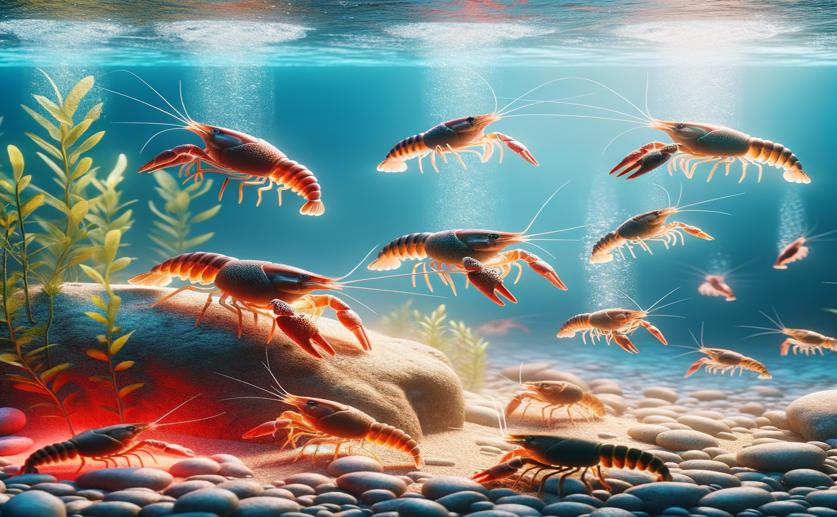
How Temperature Affects Crayfish Babies' Growth and Genes
Jim Crocker
29th April, 2024

Image Source: Natural Science News, 2024
Key Findings
- In a Greek study, raising incubation temperature sped up hatching in narrow clawed crayfish embryos
- Higher temperatures increased the expression of a growth-related gene in early-stage embryos
- The temperature rise did not affect the gene linked to ion balance in embryos at any stage
References
Main Study
1) Influence of temperature on embryonic development of Pontastacus leptodactylus freshwater crayfish, and characterization of growth and osmoregulation related genes
Published 28th April, 2024
https://doi.org/10.1186/s40850-024-00198-9
Related Studies
2) Larval programming of post-hatch muscle growth and activity in Atlantic salmon (Salmo salar).
Journal: The Journal of experimental biology, Issue: Vol 210, Issue Pt 10, May 2007
3) The exploration of artificial incubation of Cherax quadricarinatus eggs.
4) Mapping 15 years of crayfish plague in the Iberian Peninsula: The impact of two invasive species on the endangered native crayfish.



 14th March, 2024 | Greg Howard
14th March, 2024 | Greg Howard